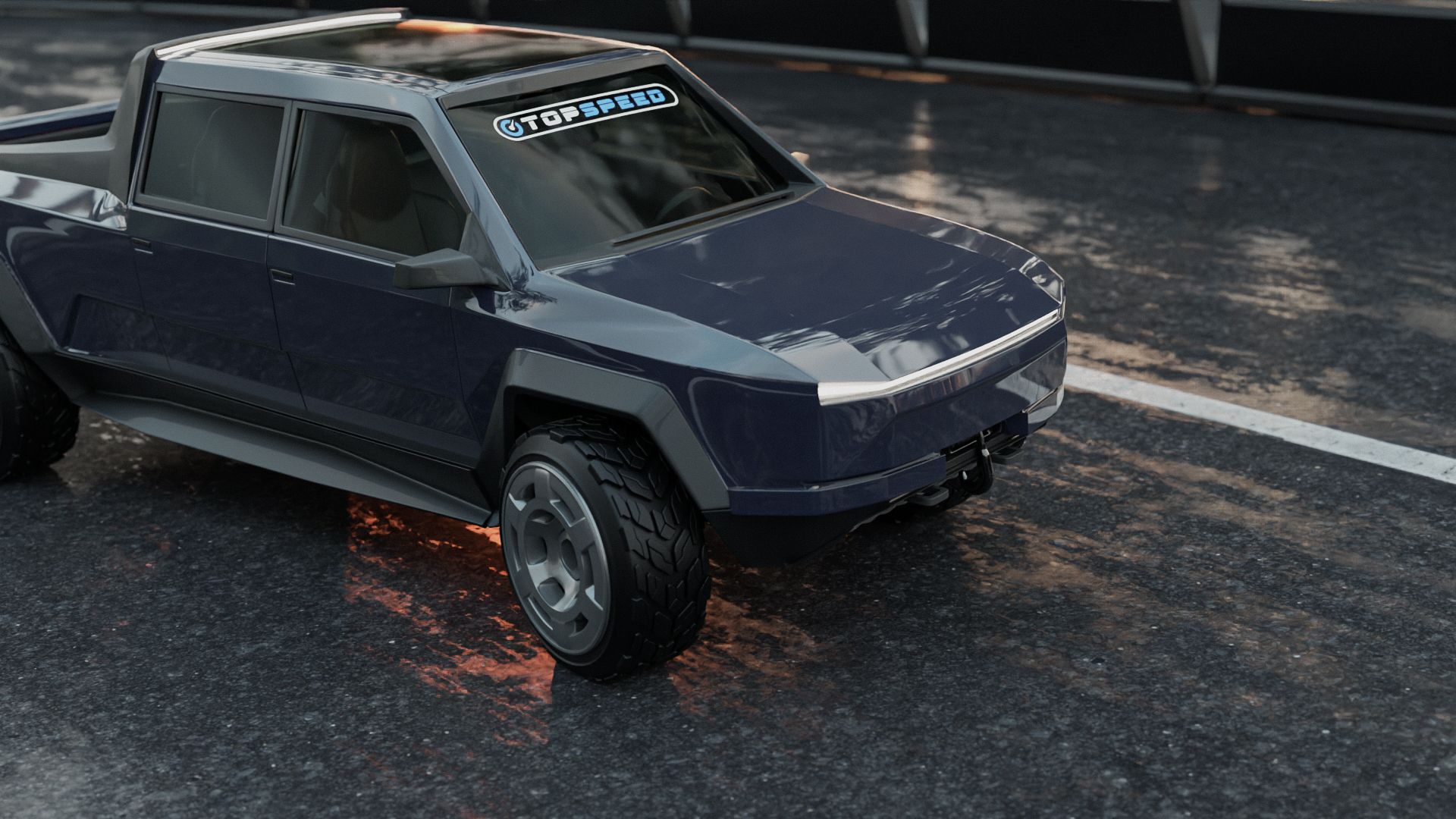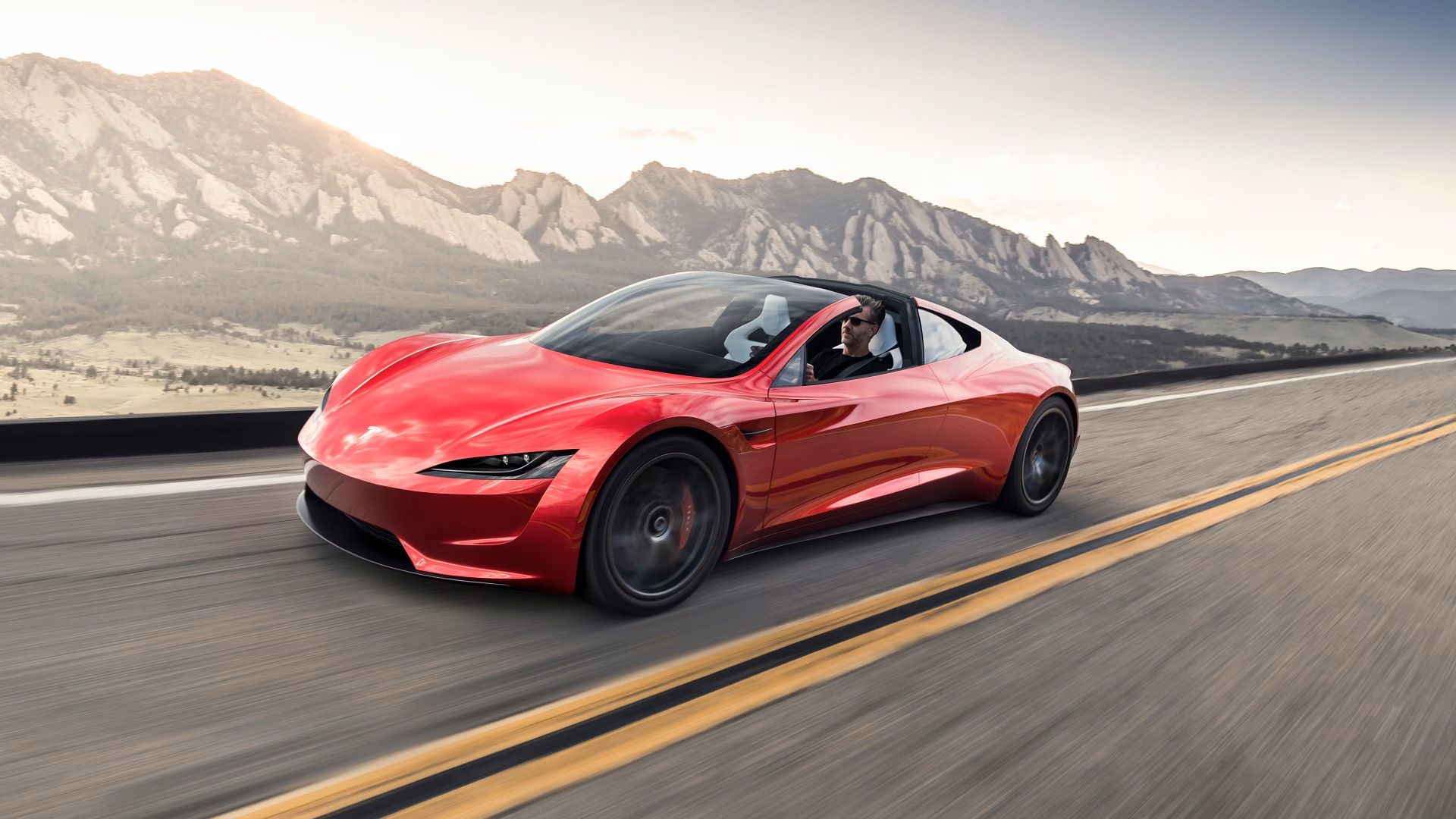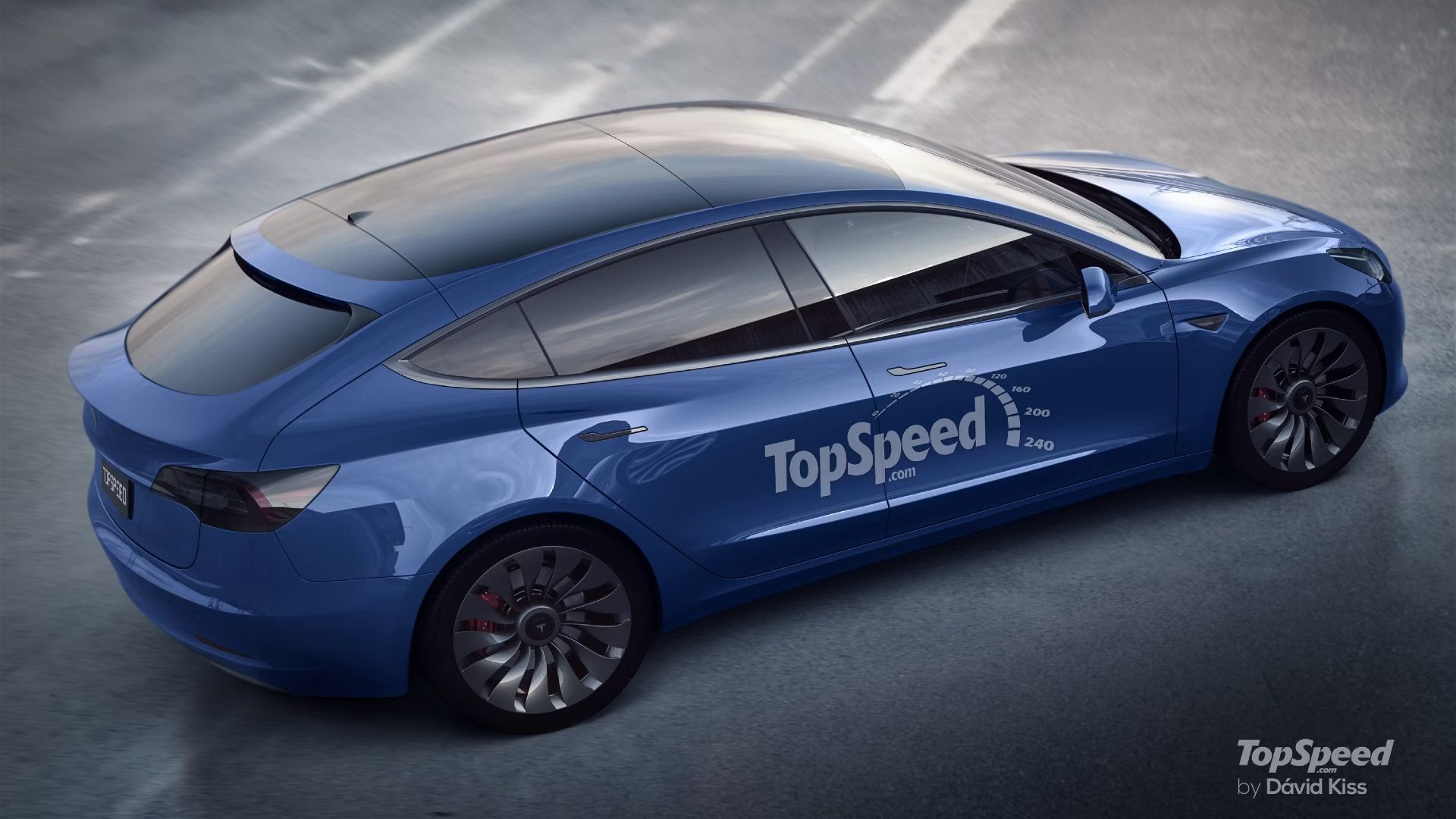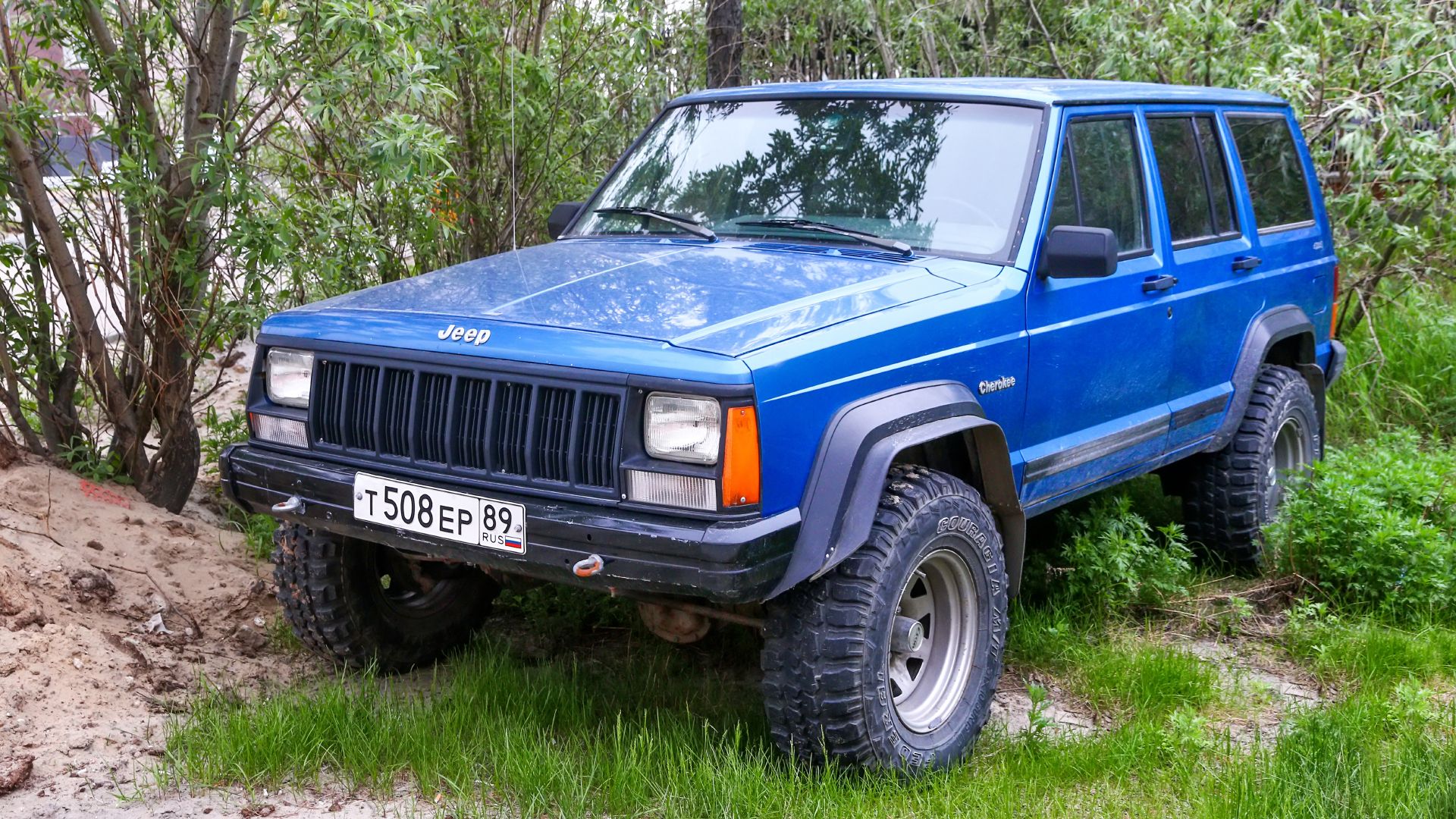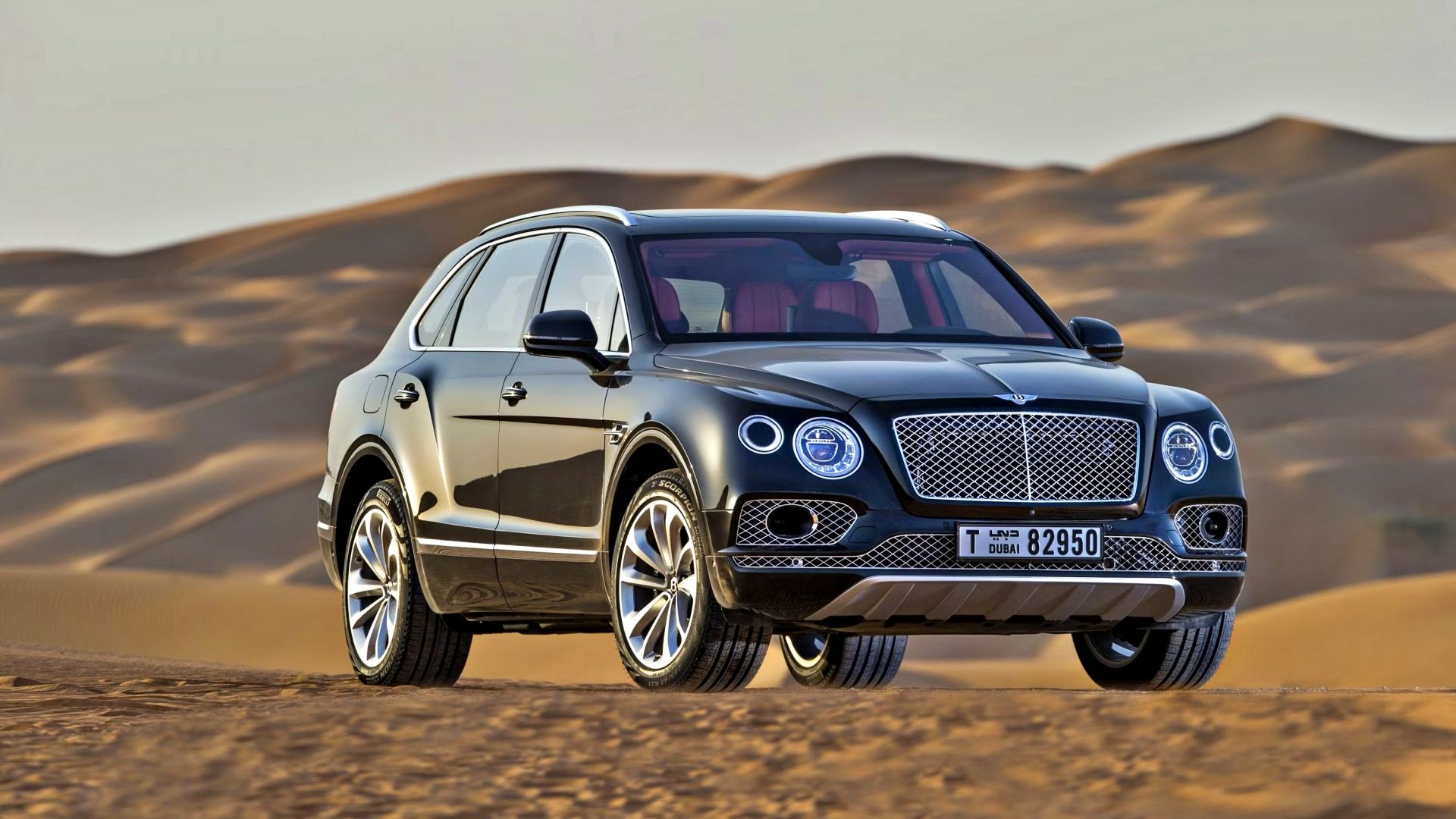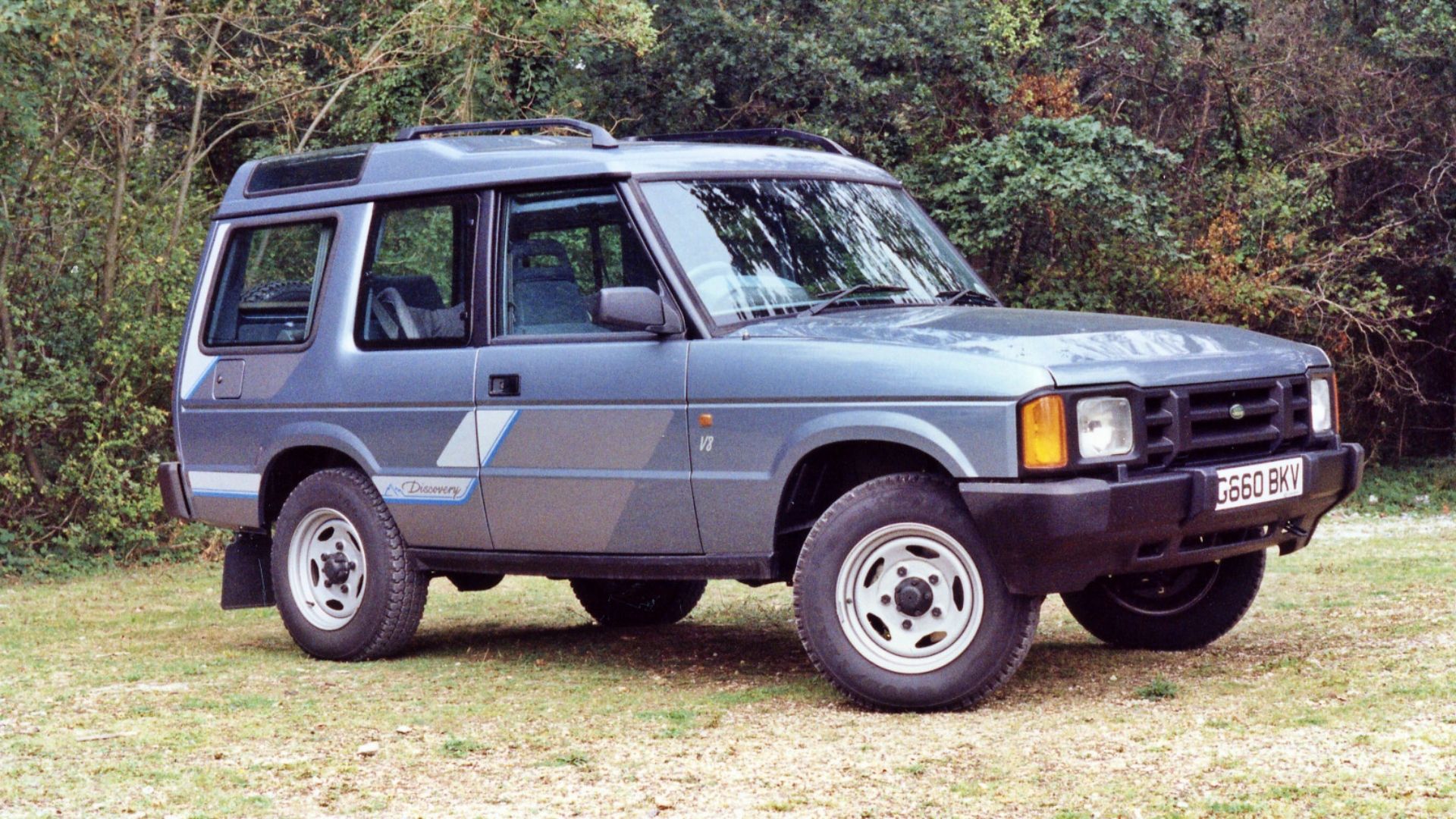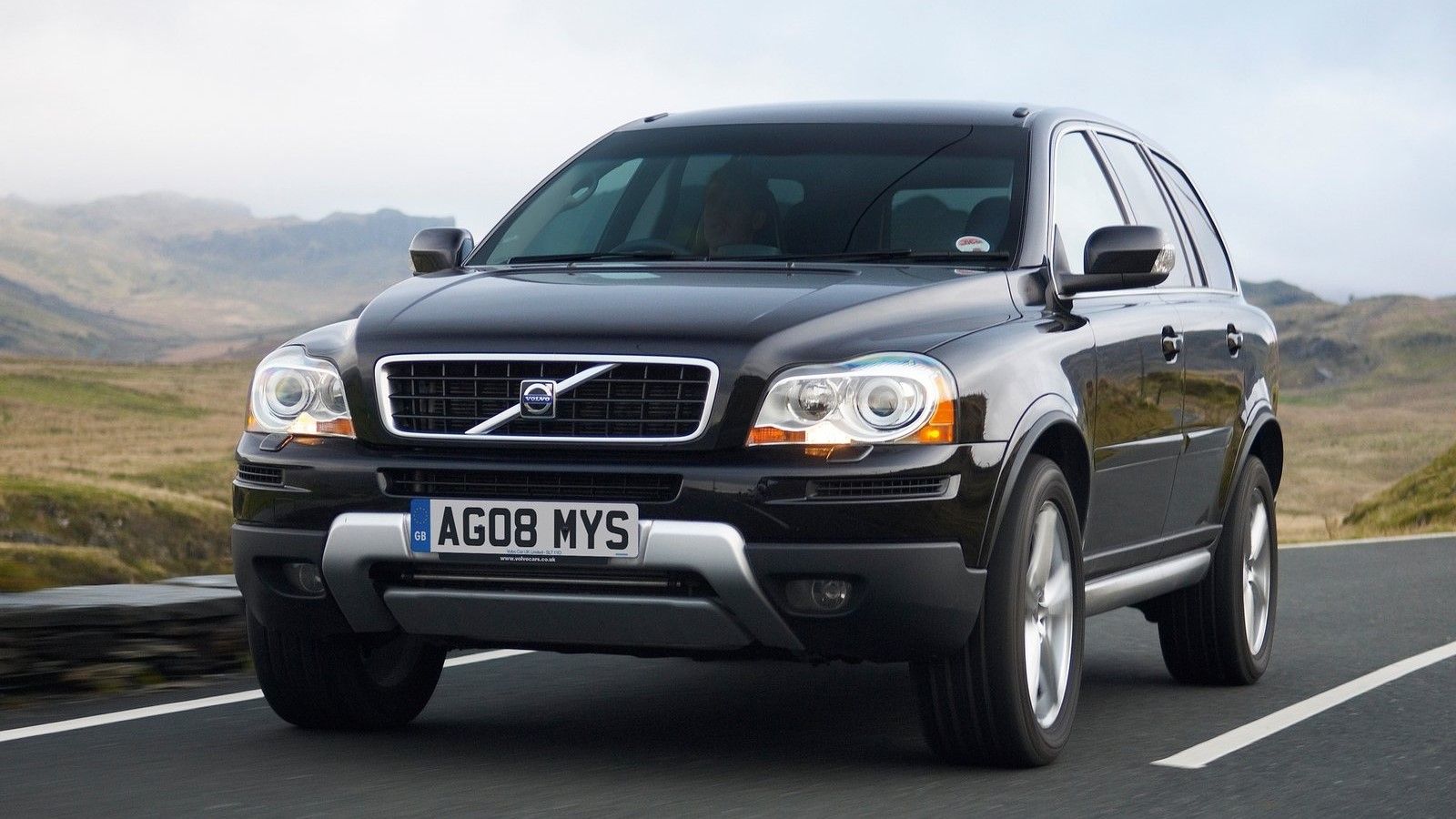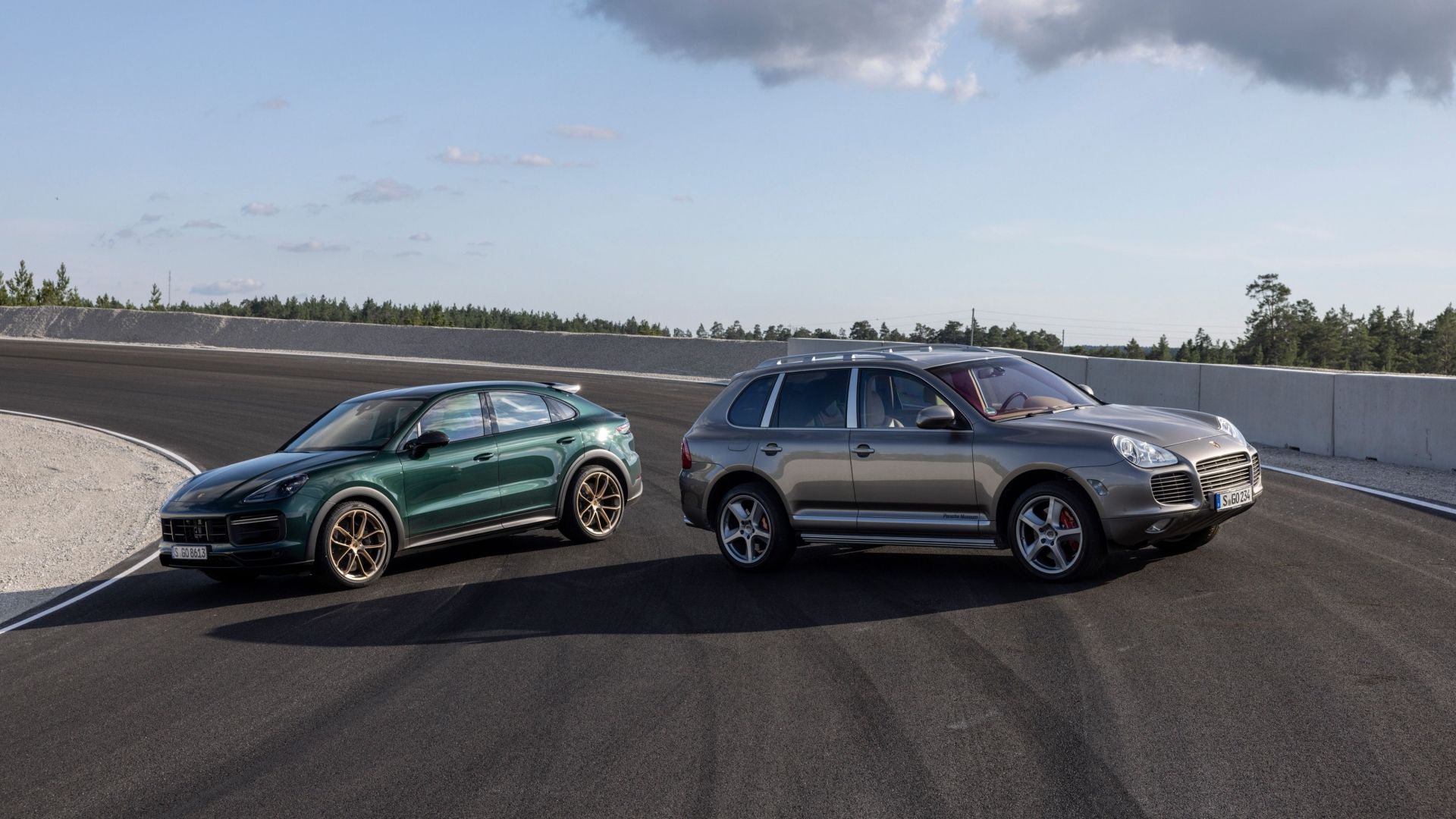Summary
- Tesla’s electric vehicles are still selling well due to Elon Musk’s price cuts, despite increasing competition from other manufacturers like BYD.
- The upcoming Tesla Cybertruck features a unique design inspired by Blade Runner and has impressive capabilities, such as a towing capacity of up to 14,000 pounds.
- Tesla is planning to launch three new models, including the Roadster 2.0 and an affordable hatchback called the Model 2, which aims to make high-end EVs more accessible to a broader range of buyers.
While the first electric car came in the 19th century, it was Tesla that established a foothold for electric vehicles in our times. The California-based company may have a competitive lineup of sedans and crossover SUV models that run on electricity, but other manufacturers have now caught up. Tesla’s models are still selling like hotcakes, especially due to Elon Musk’s price cuts. However, 2022 saw the Chinese manufacturer BYD beating Tesla in terms of sales figures.
It is worth noting that the Chinese brand’s BEV lineup is not limited to all-electric vehicles and includes hybrid vehicles too. Since hybrids are the natural gateway for consumers holding on to their old-school ICE cars, trucks, and SUVs, it gives the Chinese-based company a genuine advantage over the American-based company that only deals in all-electric versions.
That said, Tesla will launch three new models in the coming years. Granted, they will still not be anything but the all-electric vehicles that you have come to expect from Tesla, but with three new editions to the lineup, they will be able to greatly increase the amount of sales they can push through in a year. These three great additions are the Cybertruck, Roadster 2.0, and the much-discussed, entry-level Tesla, and here’s how each of them will change the game in its respective segment.
Updated on August 27, 2023: Tesla is one of the most common names when electric vehicles are brought up. Since the company is bringing us three more great additions to its lineup, we have decided to refresh and update this piece rather than letting it get lost in the shuffle. Stay tuned for all the most current updates.
Tesla Cybertruck
Tesla’s Cybertruck certainly isn’t news. Announced in 2019, Tesla’s first pick-up truck divided opinions and the consistent delays haven’t helped. The main reason, however, was its design, which literally looks like something an eight-year-old kid would draw if you ask them to draw you a car. According to Elon Musk, the Cybertruck’s design was inspired by Blade Runner and James Bond’s Lotus Esprit from “The Spy Who Loved Me.” Musk actually bought that very car, which in the movie doubled as a submarine. Apparently, water capabilities are another thing the Cybertruck and 007 car have in common since, according to Musk, the Cybertruck can float as a boat for a limited time.
Of course, we can talk about figures like the range of 250 to 500 miles (400 to 800 km) on a single charge, the range-topping, tri-motor setup with 805 horsepower (592 kilowatts) – a quad-motor variant is also, reportedly, in the works – or the 0 to 60 MPH (97 km/h) time of 6.5 to 2.9 seconds, but it is the looks of the EV pick-up truck that are its most unique feature. Even more impressive are the maximum payload of 3,500 pounds (1,600 kg) and a towing capacity of up to 14,000 pounds (6.4 tons) for the tri-version, which are expected to be dwarfed by the quad-motor variant.
Tesla Cybertruck Specifications
|
Motors |
Three electric motors |
|
Combined Power |
805 horsepower |
|
Combined Torque |
1,055 pound-feet |
|
Drivetrain |
All-wheel drive |
|
0 to 60 MPH |
2.9 seconds |
|
Top Speed |
130 MPH |
|
Range |
Up to 500 miles |
A $69,900 price had been quoted for the tri-motor variant, but that was before Tesla’s price cutting, which means the Tesla Cybertruck pickup truck will be a real bargain compared to the Ford F150 Lightning, which costs between $55,000 and $97,000 depending on the specs.
According to the latest reports, the Tesla Cybertruck’s first production unit has rolled off the assembly lines in Texas. If the model is a good seller, it will prompt others to take a page out of Tesla’s book. Instead of the traditional, body-on-frame structure, the Cybertruck features an aircraft-inspired exoskeleton, which provides space for a larger battery pack. Another unique feature is the body panels, made of 30x, rolled, cold steel. More interestingly, when Tesla’s chief designer, Franz von Holzhausen, was asked on Ride the Lightning podcast, if a “Cybercar” with a similar design could happen, he replied, “Possibly”. At this point, we don’t know if Cybertruck’s angular design will spill across the rest of Tesla’s lineup, but even so, the EV truck still smashes the design norms for the entire segment.
Tesla Roadster 2.0
Like the Cybertruck, Tesla’s second-generation Roadster has been delayed. The latest reports indicate production will start sometime in 2023. High-performance EVs are nothing new, but the Tesla Roadster 2.0 promises to be one of the quickest-accelerating, high-performance models and still has plenty of long-range capabilities to send range anxiety into oblivion.
Eventually, when the Roadster 2.0 arrives, it will boast a tri-motor setup good for at least 1,000 horsepower (746 kilowatts). Tesla says the 0 to 60 MPH (97 km/h) sprint is possible in 1.9 seconds, while 100 MPH (161 km/h) blazes by in 4.2 seconds. The most unique feature of the Tesla Roadster 2.0 is, without a doubt, the jet booster, which drops the 0 to 60 MPH (97 km/h) time to a staggering 1.1 seconds. At the same time, Tesla promises a range of 620 miles (1,000 km) and a top speed of over 250 MPH (402 km/h).
Tesla Roadster 2.0 Specifications
|
Motors |
Three electric motors |
|
Combined Power |
1,242 horsepower |
|
Combined Torque |
7,375 pound-feet |
|
Drivetrain |
All-wheel drive |
|
0 to 60 MPH |
1.9 seconds |
|
Top Speed |
250+ MPH |
|
Range |
Up to 620 miles |
Very few high-performance EVs boast similar figures as the Roadster 2.0. The Rimac Nevera, for example, makes the sprint to 60 MPH (97 km/h) in 1.85 seconds and gets to 100 MPH (161 km/h) in 4.3 seconds. Judging by these numbers alone, Tesla’s claimed figure of around 1,000 horsepower seems highly underrated, given the Nevera has almost double that. Regardless, the upcoming Tesla Roadster will be the only EV with such high-performance levels offering a more practical, 2+2 layout.
The “Affordable” Tesla Model 2
It’s clear that with the recent price cuts, Tesla’s offerings will become an even bigger bargain compared to other high-end EV manufacturers. Furthermore, the company is working on a new platform to underpin an entry-level Tesla. So far, we know it will likely be called the Model 2 and be a hatchback. It will also have a starting price of no more than $25,000 and will be produced in much more significant quantities than all current Tesla models combined.
Affordable EVs are very few and far between. This is especially true for those with actual performance, but Tesla wants to change that. By taking lessons from the production of previous models, the brand has optimized the production method to boost production output by 40 percent compared to 2022. Moreover, the Biden administration’s GREEN Act provides a tax credit of up to $7,500, meaning the entry-level Tesla could start from under $18,000.
Tesla Model 2 Estimated Specifications
|
Motors |
Single electric motor |
|
Power |
283 horsepower |
|
Torque |
283 pound-feet |
|
Drivetrain |
Rear-wheel drive |
|
0 to 60 MPH |
6.0 seconds |
|
Top Speed |
125 MPH |
|
Range |
Up to 250 miles |
On Tesla Investor’s Day, it was confirmed that the entry-level Tesla will arrive sometime in 2025 and be produced in Tesla’s plant in Monterey, Mexico. It has also been stated by Elon that a plan is still in the works to build a site in India and mass produce what has been dubbed the new Tesla Model 2. This will be the brand’s most important model as it will be the most mass-produced by a large margin and will make Tesla’s offerings available to a much broader spectrum of buyers.

